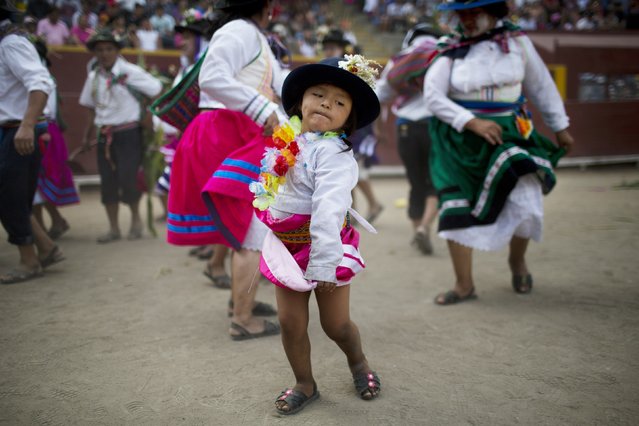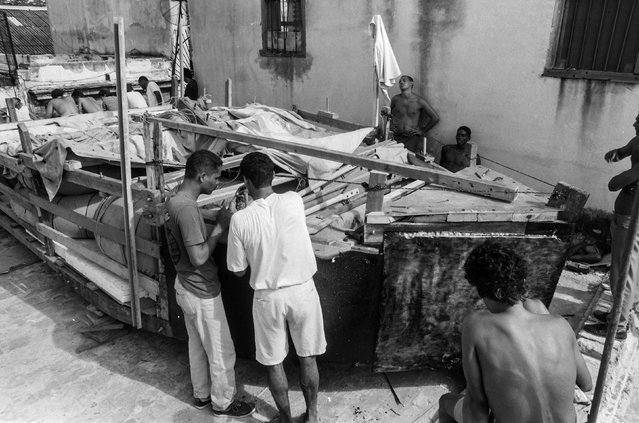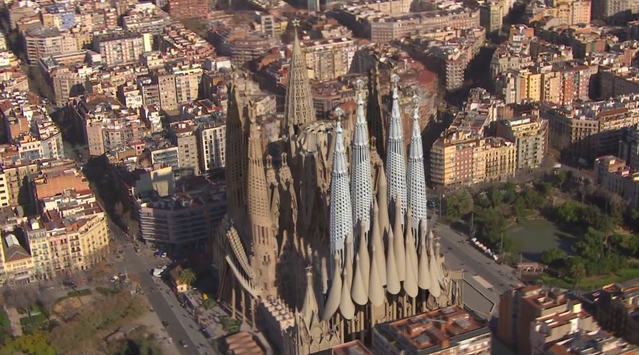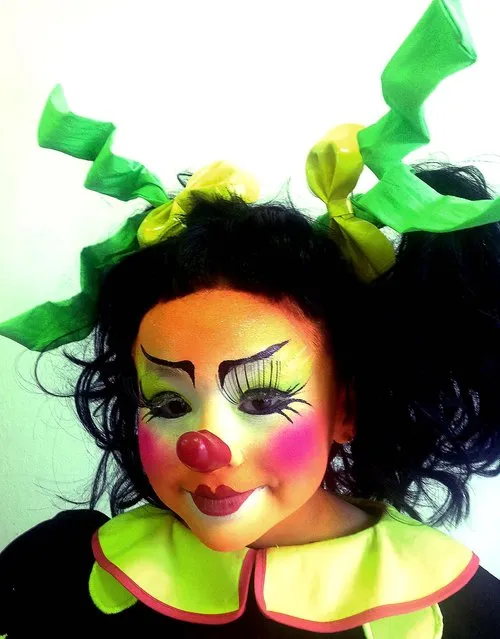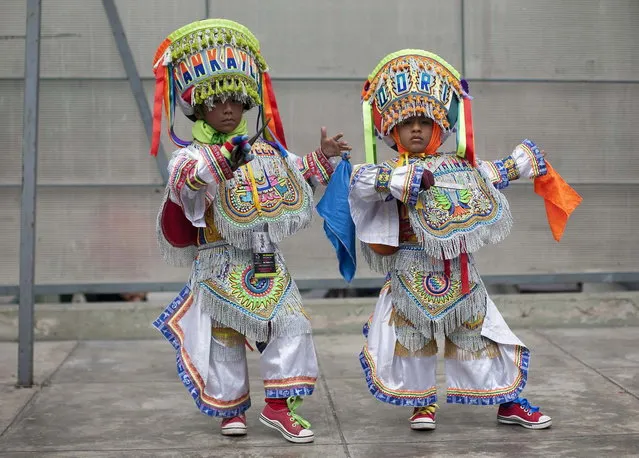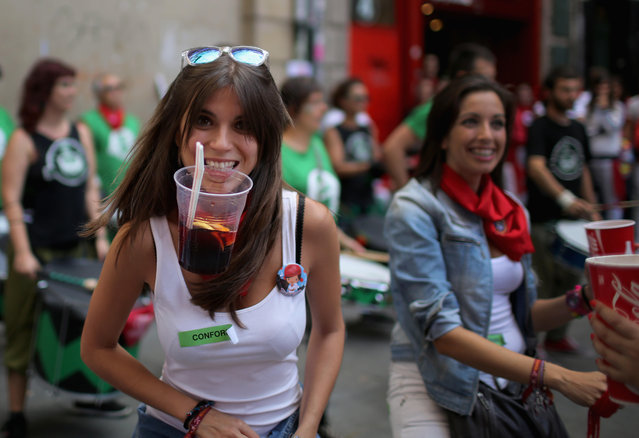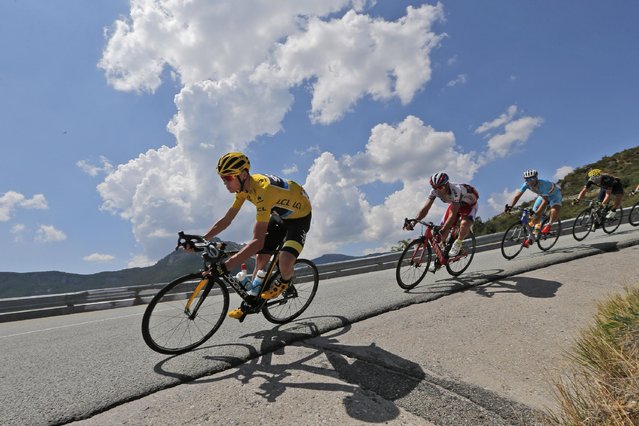
Britain's Chris Froome, wearing the overall leader's yellow jersey, is followed by Spain's Alberto Losada, Italy's Vincenzo Nibali and Spain's Alejandro Valverde as they speed downhill during the seventeenth stage of the Tour de France cycling race over 161 kilometers (100 miles) with start in Digne-les-Bains and finish in Pra Loup, France, Wednesday, July 22, 2015. (Photo by Christophe Ena/AP Photo)
23 Jul 2015 10:45:00,post received
0 comments


